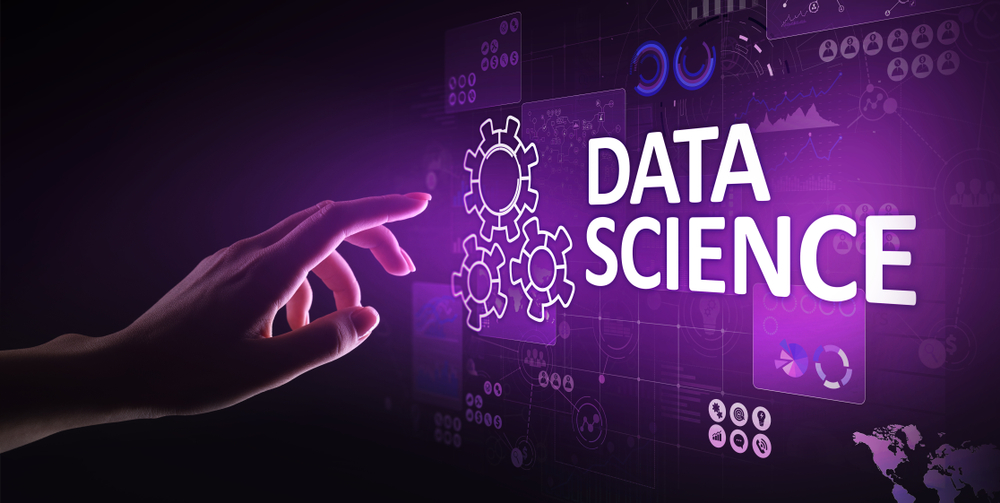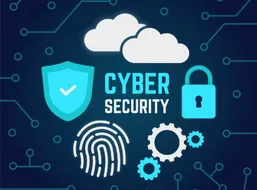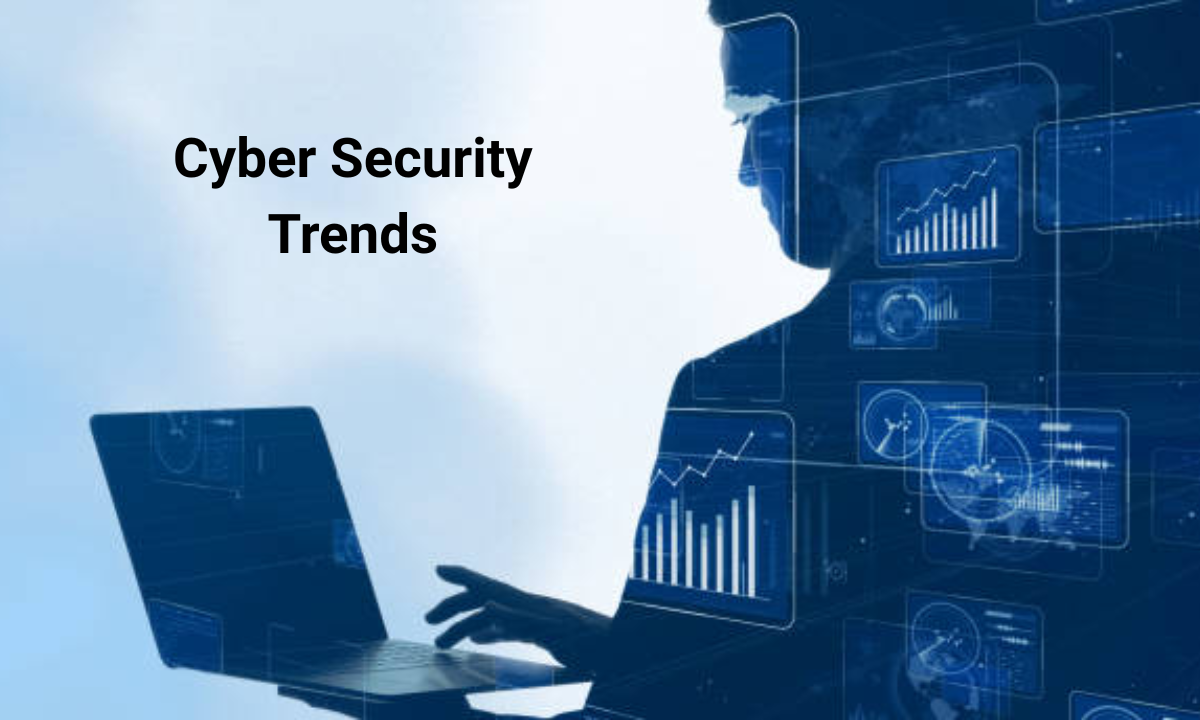Table of Contents
1. Artificial Intelligence and Machine Learning in Security
2. Zero Trust Architecture Becomes the Norm
3. Surge in Cybersecurity Training Programs
4. Growth in Endpoint Protection
5. Severe Impact of Data Breaches
7. Importance of Cloud Security
8. Supply Chain Attacks on the Rise
9. Privacy Regulations Gain Momentum
10. Quantum Computing as a Double-Edged Sword
11. IoT Security—A Persistent Challenge
12. Social Engineering Attacks Evolving
13. Cyber Insurance Gains Traction
14. Multilayered Authentication Systems
15. Emphasis on Proactive Incident Management
16. DevSecOps in Application Security
17. Advances in Threat Intelligence Sharing
18. Remote Work Security Challenges
19. Ethical Hackers Play a Vital Role
20. Cybersecurity Becomes a Boardroom Topic
Cyber security shifts at a speed matching the pace of security threats detected in the market. The continuing development of technology makes businesses and individuals increasingly vulnerable to cyber-attacks because attackers exploit discovered weaknesses. The trends shaping security ecosystem development in 2025 already emerged to define defensive measures against threats and data protection protocols. The article provides twenty distinct cyber security trends that businesses need to prioritise this year.
1. Artificial Intelligence and Machine Learning in Security
Implementing AI and ML systems leads to better cybersecurity threat detection capabilities. Real-time analytics of massive data sets using these technologies detect existent threats even before their occurrence by identifying distinct patterns.
However, the downside? The malicious strategies launched by cybercriminals become more sophisticated due to their use of AI. The imminent security conflict will intensify because both sides implement these tools to their advantage.
2. Zero Trust Architecture Becomes the Norm
Every organization in 2025 has adopted Zero Trust security practices because users both within and outside the network face default suspicion. Security frameworks have shifted their approach to verifying each access request because security threats become increasingly complex.
3. Surge in Cybersecurity Training Programs
Organizations will create initiatives to reskill their workforce because of increasing cyber security threats. The Cyber Security course in Bangalore continues to gain popularity because students learn better methods for attack identification and protection strategies.
4. Growth in Endpoint Protection
Endpoint security has become the top priority since hybrid work arrangements are expected to persist. Attacker access opportunities continue to exist through smartphones as well as laptops and IoT devices that have not been properly secured.
5. Severe Impact of Data Breaches
The year 2025 has caused numerous substantial data breaches. All varieties of data remain vulnerable to hacking incidents. Data breaches now result in increased recovery expenses for businesses because they must pay fines and legal fees as well as experience reputation damage.
The mitigation of these risks will depend heavily on experts' implementation of advanced encryption methods and robust incident response plans.
6. Ransomware Evolution
The evolution of ransomware attacks continues to rise higher and higher. A new strategy of cybercriminals threatens organizations with public data release which creates major damage to their reputation.
Organizations implement new cyber security trends through immovable backup solutions and separated storage systems to protect against increasing ransomware attacks.
7. Importance of Cloud Security
Cloud computing has brought forth a dominance of services which include SaaS, IaaS, and PaaS. These systems maintain excellent adaptability and scalability but their operation produces distinctive security weaknesses.
Attackers will continue to exploit cloud misconfigurations along with insider threats and insecure APIs until 2025 because organizations will need advanced security solutions for cloud environments.
8. Supply Chain Attacks on the Rise
Attacks occur because attackers identify smaller vendors as the vulnerable points of supply chains. Attackers specifically focus on third-party suppliers as an entry point which leads to increased access to bigger network infrastructures. To deal with these risks organizations must perform comprehensive partner evaluations followed by developing strong contractual arrangements and implementing better cyber resilience measures.
9. Privacy Regulations Gain Momentum
Governments around the world continue to establish new privacy protection standards for business operations. The failure to comply with regulations leads organizations to pay substantial financial consequences. Companies will need to obtain comprehensive knowledge regarding the entire chain of data storage locations along with all handling and distribution methods.
10. Quantum Computing as a Double-Edged Sword
The commercial adoption of quantum computing systems is nearing its operational launch. The innovative capabilities of quantum computing can solve advanced problems yet it undermines secure protection of data using encryption. The cybersecurity industry faces an imminent need to create quantum-resistant solutions because encryption algorithms face imminent obsolescence.
11. IoT Security—A Persistent Challenge
Connected devices break down into two distinct categories which include smart homes and industrial IoT and these categories show rapid exponential growth. But they are notoriously insecure. The nationwide focus on cybersecurity threats for 2025 will center on protecting IoT networks from hacker exploitation because of their identified network weaknesses.
12. Social Engineering Attacks Evolving
Social engineering methods that include phishing attacks have steadily become dangerously successful at carrying out threats. Threat actors utilize psychological principles together with behavioural weaknesses to fabricate the illusion of emergency then extract account credentials or introduce malware.
Employee training for recognizing scams along with sophisticated detection tools must be established as an absolute requirement for the future.
13. Cyber Insurance Gains Traction
Cyber attacks keep multiplying both in frequency and expense so businesses are buying cyber insurance for monetary protection. The purchase of cyber insurance offers limited protection by covering the expenses required for breach recovery as well as legal costs.
14. Multilayered Authentication Systems
The time has passed when using traditional passwords was sufficient. Widespread adoption has occurred for Multiple-Factor Authentication (MFA) and biometrics together with contextual authentication.
The rise of authentication layer defences serves organizations to limit access to legitimate system users while protecting sensitive data from potential breaches.
15. Emphasis on Proactive Incident Management
Organizations now understand that preventing incidents alone is insufficient which leads them to establish quick reaction capabilities. Advanced monitoring systems work together with AI-driven cybersecurity tools to identify breaches that help stop their growth.
Modern cybersecurity will stay founded on incident management plans initiated by threat intelligence which produce actionable insights.
16. DevSecOps in Application Security
Modern security methods now become integral parts of how software developers manipulate their programming cycles. DevSecOps integrates development with security along with operations in a unified structure that enables vulnerability detection during the development phase so developers can fix them instead of waiting until after deployment.
This change establishes a preemptive strategy to combat the increasing number of security trends that aim at enterprise applications.
17. Advances in Threat Intelligence Sharing
Collaboration serves as an important factor in battling cybercrime activities. Under the direction of industries and governments agencies now construct real-time platforms for sharing information on cyber security threats that speed up attack response times.
Tools based on AI threat mapping systems will simplify the security process until 2025.
18. Remote Work Security Challenges
Companies maintain their interest in hybrid and remote working structures even while these systems create new cybersecurity complications for their business operations. All organizations must cope with the constant need to protect corporate resources as well as maintain device security and resolve issues caused by unsecured Wi-Fi connections.
19. Ethical Hackers Play a Vital Role
To preclude malicious actions modern companies depend heavily on white-hat hackers known as ethical hackers for identifying vulnerabilities. System security remains intact because penetration testers along with regular auditing professionals stop significant data breaches from happening in high-risk areas.
20. Cybersecurity Becomes a Boardroom Topic
Cybersecurity will exit its status as an Information Technology concern in 2025. Executive teams with boards of directors Allocate substantial financial resources into creating highly secure cybersecurity frameworks which have become their main operational focus.
Conclusion
The security environment for cyber protection shows no signs of being unchanging during 2025. The primary objective remains to stay ahead of attackers while companies develop AI defence systems together. Cloud computing adaptations. Zero Trust adoption together with the implementation of current cyber security trends and comprehensive employee training (including a Cyber security course in Bangalore) stands as a fundamental strategy to combat escalating cyber security threats.
The main learnings revolve around implementing proactive defences as well as obeying data regulations through using state-of-the-art technologies including AI and quantum-safe algorithms.
The Cyber Security course in Bangalore offered by Apponix stands at the top of its category to teach professionals vital skills needed to combat current cyber security threats.




